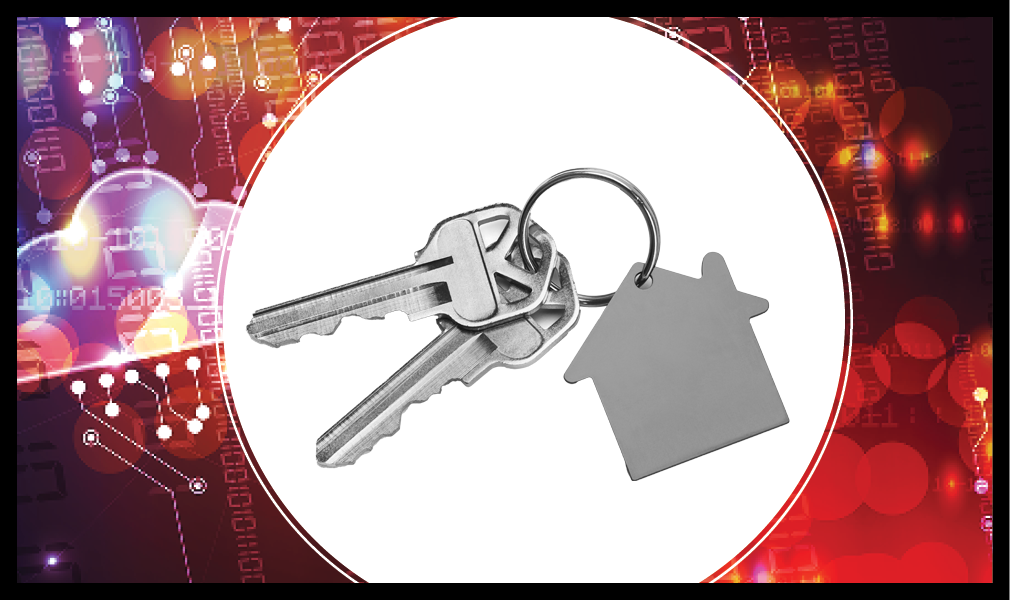HousingStack is a real estate technology landscape that provides a dynamic visual that reflects the rapid changes in the sector. The HousingStack is exclusively for HW+ members. To join the HW+ community, go here.
While leads flow from various sources and opportunities come into focus, things get real as they move to the transaction stage. This is where forms are filled in, agreements get signed, offers turn into contracts and lots and lots of paperwork flies through people’s hands. For any one sale, there could easily be 25 to 40 documents to manage (contracts, disclosures, inspection reports, HOA forms, more disclosures). As such, it’s no surprise that there would be a lot of action around the transaction.

HW+ Columnist
This segment of the HousingStack includes companies that are primarily focused on moving transactions through the process including Digital Forms, Digital Disclosures, eSignatures and Digital Transactions, which generally include Compliance. What’s interesting here is that, although this is where the rubber meets the road in terms of actually generating the commissions that pay for everything, this area has far fewer players than the segments focused on generating all of the leads. Given that tens of millions of leads turn into between 5 million and 6 million transactions every year, it probably makes sense.
Another interesting aspect of this segment is that many MLSs provide solutions here (via vendor partnerships) to offer digital transaction management as a member benefit. Even beyond that, two specific Realtor associations even jumped into the mix with their own solutions. You don’t get deals across the finish line (confidently, securely and within local and state rules and regulations) without a well-managed process and the technology to support it.
Digital forms
It all starts with local and state forms. It used to all start with paper, then carbon paper. Today the process is a bit more sophisticated. The forms are digital, but they’re still forms. Any brokerage that wants to transact business needs to do so on the approved forms. However, there are very few companies that can provide easy and comprehensive access to those forms digitally due to copyright laws and licensing requirements. While a number of Digital Transaction systems (or transaction management systems) do provide integrated forms access, brokerages rely on a very small handful of companies for forms.
zipLogix has provided zipForm (or a derivation of it) for about 30 years and truly capitalized on its early relationship with NAR. One of its most formidable competitors was TransactionDesk from Instanet Solutions. Both are now part of LoneWolf Technologies. Another option on this front, Form Simplicity, offers similar services throughout Florida and the U.S.
While not the sexiest technology, as I mentioned, it all starts with forms. And options here are limited.
Digital disclosures
With all of the d*** disclosures required in a real estate transaction, you’d think this space would be more crowded. In some states (in particular in one that rhymes with malifornia), the disclosures seem to be more voluminous than the actual contracts.
Two companies have started to make a dent here, and it’s no surprise that they’re both in California. Disclosures.io, which got its start in 2016, and Glide, which was founded in 2018. Both have a focus on the disclosure side of things but Disclosures.io also provides offer management and activity tracking to provide a level of visibility into the process.
Neither company covers the entire U.S. as it’s got to be a painstaking process. However, there’s clearly a need to better manage this part of the process and I imagine others will start jumping into this, along with forms in general.
eSignature
Even with digital forms, it wasn’t until passage of the Digital Signature Act of 1999 that digital signatures were widely recognized as legal and binding. This paved the way to transforming the process to entirely digital so that documents could be shared, reviewed, commented on, edited, then signed without ever having to go to print.
Numerous digital signature providers exist today, some wholly focused on the real estate space, but none come to mind more immediately than DocuSign. Started in 2003, the company was already well-positioned to make a massive dent in the eSignature space early on. A $5 million investment by NAR’s Second Century Ventures in 2009 solidified DocuSign’s fate as the dominant player in real estate. It also made NAR about $20 million, based on the sale of stock after DocuSign filed its IPO in 2018.
Other popular players in this segment include ZorroSign, GoPaperless and HelloSign, which all provide broader eSignature solutions for real estate and beyond. Authentisign, another product of LoneWolf Technologies, is offered exclusively for real estate.
Digital Transactions
With 22 companies vying for business in this segment, it’s clearly the focal point for technology providers. So it’s no surprise that this is where the action is considering that productive brokerages and agents spend a significant portion of their energy marshaling deals through to close.
Some transaction management systems provide more functionality than others; for example, some incorporate digital forms, some add in things like agent onboarding and commission management and most include eSignature capabilities. But the main capabilities include an ability to start from a digital form, checklists to manage processes, a way to collaborate and communicate, the ability to manage folders and documents during and after the transaction and some form of compliance and file completion. Each has its own unique way of fulfilling these requirements and some have integrations with other systems making it easier to move data around.
A handful of players dominate this segment with products like TransactionDesk and zipTMS (both owned by Lone Wolf Technologies) being distributed widely by many MLSs. Others like SkySlope (owned by Fidelity National Financial), dotLoop (owned by Zillow) and Brokermint round out the top five players. There are an additional 18 products available including some developed by big names. They include DocuSign Rooms from DocuSign, BackAgent (now owned by PropertyBase) and Paperless Pipeline. Many players have highly localized businesses in specific regions and even states, and the two most recent entrants, Transactly and Offer to Close, also offer transaction coordinators along with technology. In fairness, several others do as well.
Wrapping Up
While there’s been a lot of investment in this area over the years, the most significant moves have been on the acquisition front rather than piles of money flowing into startups. The biggest moves include Lone Wolf Real Estate Technologies (powered by Vista Equity Partners) acquiring both Instanet and zipLogix, Fidelity National Financial buying SkySlope and Zillow picking up dotLoop. And with Docusign making investments here as well, there’s bound to be more news on that front.
Even with all of the options and the fact that many MLSs offer solutions as a member benefit, there are still tens of thousands of agents not using a digital system for transactions…or at least there were before this COVID-19 pandemic. Perhaps that’s all changed now and it’s no longer a nice-to-have but a need-to-have. One’s thing’s certain, if you’re doing any significant volume and you’re not using digital tools, you need to evaluate your options.






